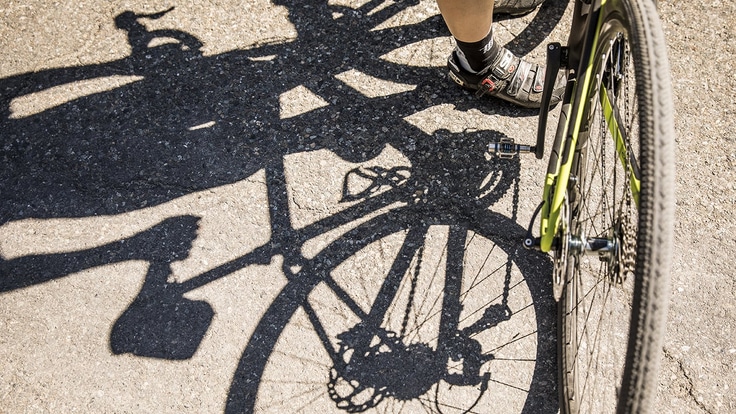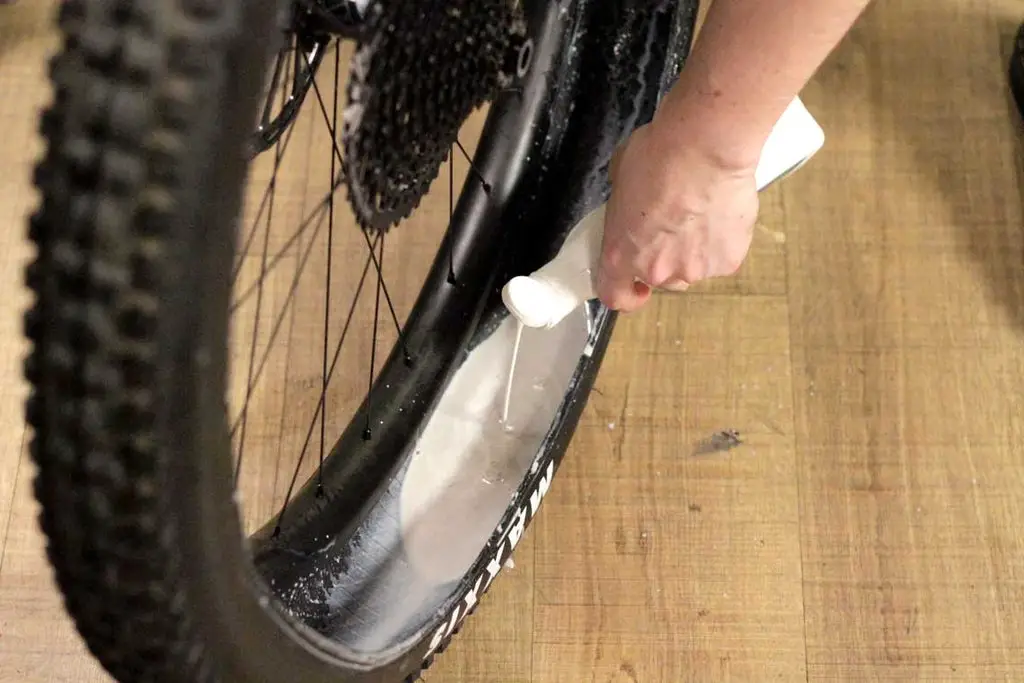To prevent bike tire flats, regularly check tire pressure and inspect for debris. Use puncture-resistant tires and liners.
Flat tires can spoil any biking adventure. Regular maintenance and a few preventive measures can save you from this inconvenience. Ensuring proper tire pressure reduces the risk of pinch flats.
Inspecting tires for embedded debris can prevent punctures. High-quality, puncture-resistant tires provide an additional layer of security.
Tire liners and sealants offer extra protection against sharp objects. Always carry a patch kit and pump for emergencies. By taking these steps, you can enjoy a smoother, worry-free ride.
Investing time in tire care pays off in the long run, keeping your biking experience enjoyable and safe.

Credit: selleanatomica.com
The Perils Of A Flat Tire
A flat tire can be very risky. It affects your bike’s balance. This can make you fall easily. You cannot steer well with a flat tire. Stopping quickly is also harder. You can damage your bike’s rims. This will cost more money to fix.
Flat tires slow you down. You will need more effort to pedal. Your bike’s speed drops a lot. You may get tired faster. Riding with a flat tire can hurt you. It is dangerous in busy streets. You might not control your bike well. This can cause accidents.

Credit: www.rei.com
Regular Inspection Routines
Regular inspection routines help prevent bike tire flats by identifying potential issues early. Ensure tires are properly inflated and free of debris.
Pre-ride Checklist
Check tire pressure before every ride. Use a pressure gauge. Inspect tire tread for sharp objects. Remove any debris. Look at the sidewalls. Ensure there are no cracks. Verify tire alignment. Straight tires reduce flats. Confirm valve stems are secure. Tighten if needed.
Spotting Signs Of Wear And Tear
Examine the tire tread regularly. Worn tread leads to flats. Check for bulges on the tire. Bulges mean tire weakness. Look for exposed threads. Replace tires with exposed threads. Inspect the rim tape. Damaged rim tape can cause flats. Listen for hissing sounds. Hissing means air is leaking.
Choosing The Right Tires
Puncture-resistant tires reduce the chance of flats. These tires have extra layers for protection. They resist sharp objects like glass and nails. Puncture-resistant models are often thicker. This may make them heavier but safer.
Good quality tires last longer. They grip the road better. High-quality tires are less likely to get damaged. Choose the right type based on your riding. Road tires are for smooth surfaces. Mountain tires are for rough trails. Hybrid tires work well on both.
Maintaining Optimal Tire Pressure
Tire pressure affects bike performance. Check it with a gauge. Look for the recommended pressure on the tire sidewall. Adjust it according to the terrain. Lower pressure for rough trails. Higher pressure for smooth roads.
Use a reliable gauge. Digital ones are more accurate. Carry a portable pump. Make sure it fits your valve type. Some pumps have built-in gauges. A CO2 inflator is useful for quick fixes.
The Role Of Tire Liners And Sealants
Tire liners create a shield inside the tire. They reduce the risk of punctures. Liners are made of tough material. They fit between the tire and tube. This layer stops sharp objects from causing flats. Liners are easy to install. They also last a long time. Using tire liners saves money on repairs.
Sealants fill small holes in the tire. They work quickly to stop air leaks. Liquid sealants go inside the tire tube. They spread out as the wheel spins. Sealants are good for small punctures.
They also extend the tire’s life. Using sealants is a simple way to avoid flats. Many riders trust sealants for added protection.
Mastering The Art Of Wheel Truing
A misaligned wheel wobbles side to side. Braking feels uneven. The bike may not ride straight. Spokes could make noise. Tires wear out faster. Check for these signs often.
Use a truing stand or your bike frame. Spin the wheel slowly. Look for wobbles. Adjust the spokes with a spoke wrench. Tighten or loosen them as needed. Make small changes. Check frequently.
Strategic Riding Techniques
Stay alert for sharp objects on the road. Nails and glass can damage tires. Ride around potholes and debris. Avoid riding near construction zones. Keep distance from broken pavement and gravel. Look ahead for clear paths. Slow down if the road looks rough. Use bike lanes if available. They are often cleaner and safer.
Pick the right path through rough terrain. Smooth trails protect your tires. Avoid riding over large rocks and roots. They can puncture or pinch your tires. Lower your tire pressure for better grip. Keep your bike steady and balanced. Use your body to absorb shocks. Ride with caution and control.
Emergency Preparedness
A repair kit is a must. It includes tools for quick fixes. Carry a pump, spare tube, and tire levers. These tools can save your ride. Small patches can fix minor punctures. Always check the kit before leaving home. A repair kit is light and easy to carry.
Quick fixes can keep you moving. Use a patch for small holes. Replace the tube for bigger issues. Always check the tire after a fix. Pump the tire to the right pressure. Avoid sharp objects on the road. Regular checks can prevent issues. Keep your bike in top shape.

Credit: www.bicycling.com
Frequently Asked Questions
How To Stop Bike Tires From Going Flat?
Keep tires properly inflated and check regularly for punctures. Use puncture-resistant tires and liners. Avoid riding over sharp objects.
How To Make Your Bike Tires Puncture Proof?
Use puncture-resistant tires and inner tubes. Add tire liners or sealant. Regularly inspect and maintain tire pressure. Avoid debris.
Why Do I Always Get Flat Tires On My Bike?
Frequent flat tires can result from under-inflated tires, sharp debris, worn-out tires, or improper installation. Regularly inspect and maintain your bike tires to prevent flats.
Can You Prevent A Flat Tire?
Yes, you can prevent a flat tire. Regularly check tire pressure, inspect for damage, avoid road hazards, and rotate tires.
How To Prevent Bike Tire Flats?
Regularly check tire pressure, avoid debris, and use puncture-resistant tires or liners for better protection.
Conclusion
Preventing bike tire flats saves time and frustration. Regularly check your tires for wear and proper inflation. Invest in quality tires and consider sealants for added protection. By taking these simple steps, you can enjoy smoother, worry-free rides. Keep your bike in top shape and ride confidently.

Steven is a professional cyclist and his passion is cycling. He has been cycling for the last 6 years and he loves using bikes while outing as well. Based on his experiences with the different types of bikes; he is sharing his opinions about various bikes so that a beginner can start right away. Find him on Twitter @thecyclistguy Happy Biking.


Leave a Reply